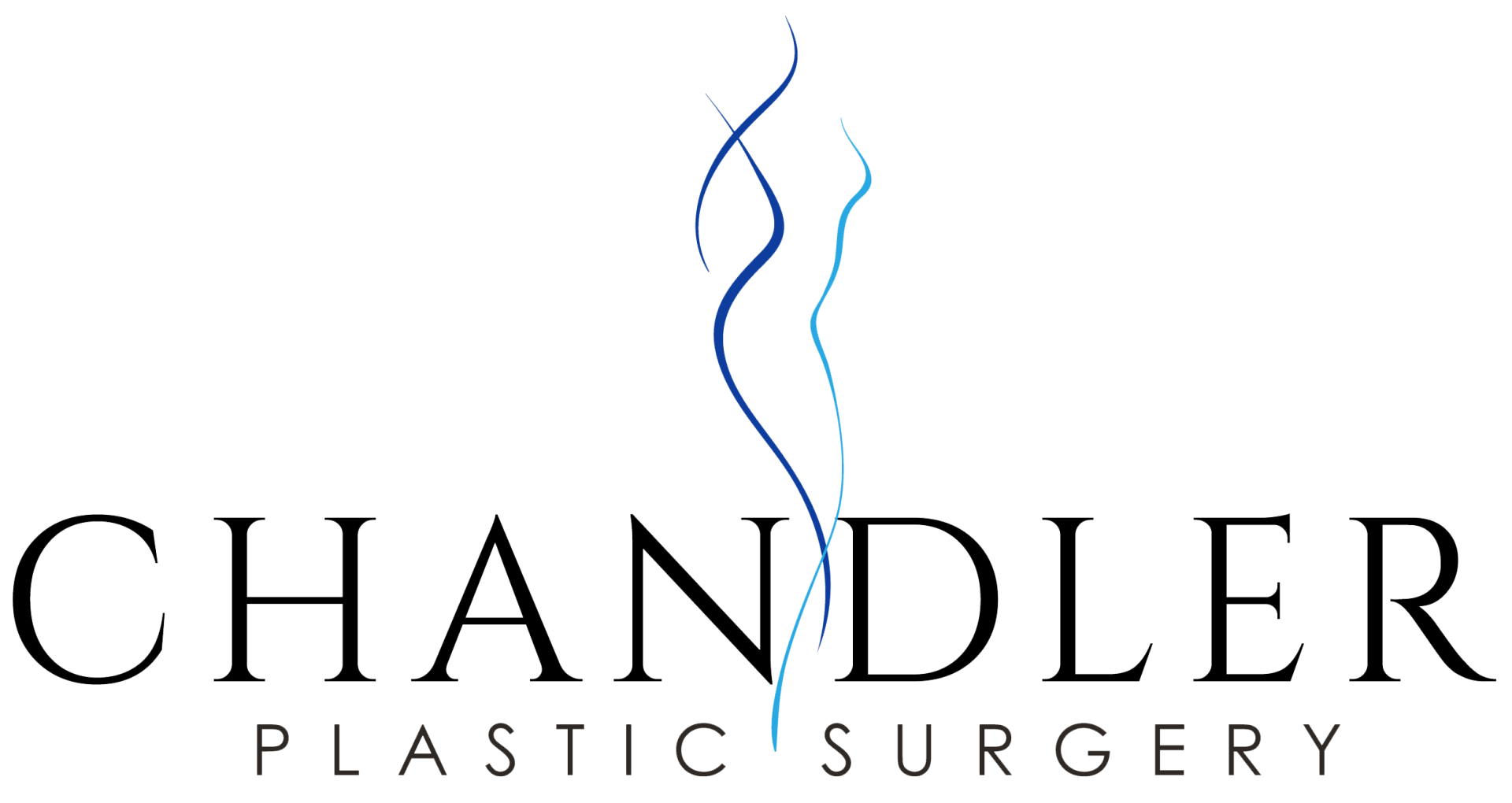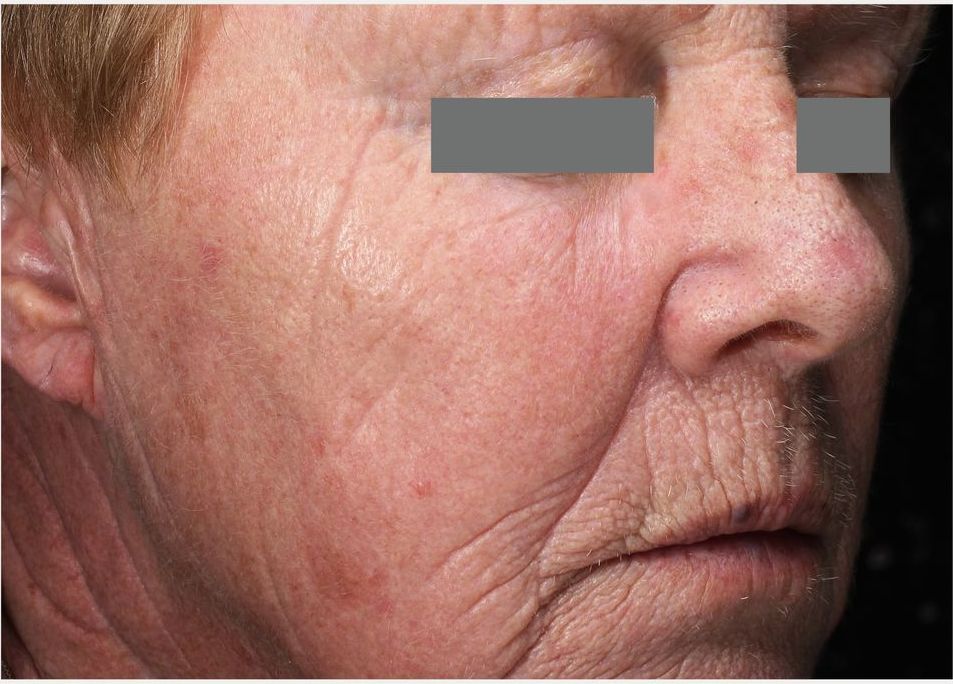VASCULAR LESION TREATMENTS
Treatment of Vascular Lesions with Laser Performed in Darien, Connecticut by Plastic Surgeon Dr. Laurel Chandler
We use SWT IPL (selective waveband technology intense pulsed light) laser, with unique narrowband technology, dual light filters and sub-millisecond pulses for both skin rejuvenation and treatment of vascular lesions. This technology is able to target vascular lesions specifically without damaging the outer layer of skin, and is uniquely designed to treat diffuse redness, facial telangiectasias (small, dilated blood vessels that are visible on or near the surface of the skin commonly known as "spider veins"), port wine stains, benign vascular lesions, rosacea, Poikiloderma of Civatte (mottled skin discoloration) and inflammatory acne vulgaris. The IPL Laser may be used to "spot treat" specific vascular lesions or it can also be used to treat diffuse redness across a large area of the face (ex. rosacea).
Here at Chandler Plastic Surgery in Darien, Connecticut we use two different types of IPL laser - the PR530 and VL555. The PR530 is specifically designed to target lesions that are more red in color, such as telangiectasias, capillary hemangiomas and diffuse redness. The VL555 laser is used specifically for darker pigmentation such as large areas of sun damaged skin on the face, chest or other areas of the body.
IPL LASER Q&A
What does IPL mean?
IPL is "intense pulse light" which is a non-invasive laser that uses pulses of broad-spectrum light to treat various skin conditions. The IPL emits a series of pulses of light that penetrate the skin but do NOT damage the outer layer of skin, so the outer layer of skin remains completely intact. The light energy is absorbed by specific targets, such as melanin (pigment) or blood vessels, depending on the wavelength of light that the specific laser is targeting. For example, the PR530 laser targets hemoglobin and red pigment, while the VL555 laser targets darker pigmentation. This causes the targeted structures to break down and be removed by the body's natural healing process.
What is the down time after a fractionated laser treatment?
There is minimal to no downtime after IPL laser therapy. You can apply moisturizer or makeup that evening. If you were targeting a pigmented lesion, crusting or scab-like appearance to the lesion is normal and you should not pick at the scab, but allow it to slough off naturally. If you were targeting vascular lesions/red pigment, you will not scab but may see purplish or red discololoration initially. Darkening of pigment after laser therarpy initially is normal, and then the lesions lighten over a week or two. It is important to moisturize your skin to keep it healthy while the areas beneath the skin heal and the pigment dissipates.
Do IPL laser treatments hurt?
Topical numbing cream is not usually necessary for spot treatments. The laser will feel like the snap of a rubber band against your skin and is generally well tolerated.
sss?
One Month Prior:
- Avoid sunbathing, tanning beds and self-tanners
- Wear sun protection - SPF 30+
- Consider using a moisturizing lotion daily
1-2 Weeks Prior:
- Avoid the use of photosensitizing medications, and medications such as Retinol or Glycolic Acid
- Avoid any abrasive skin products, exfoliants or peels
- Avoid sun exposure as much as possible and continue to use a strong SPF
- Consider utilizing a moisturizer in the 5-7 days before the treatment
One Day Prior:
- If you have a history of Herpes Simplex virus infection, you may consider taking an antiviral medication as prescribed by your doctor
Day of Treatment:
- Inform your provider if you have changed medications or have had recent sun exposure
- Only apply EMLA or other topical anesthetic if directed by your provider
- Do not exercise or go to the gym, spa or sauna immediately before treatment
What is the aftercare?
- Apply moisturizer and a sunscreen (SPF 30+) to all areas treated and avoid sun exposure immediately after treatment. Keeping the skin moisturized will protect it as it heals.
- Avoid saunas, strenuous exercise, and any activity that may cause excessive heat to the treatment area for 24 hours
- Avoid makeup for 25 hours
- Avoid scrubbing or scratching the treated areas
- Regularly apply Aquaphor while dryness is significant, followed by a regular moisturizer (plus SPF 30+) once dryness has subsided
- Do not apply products that may cause your skin to react negatively (e.g. scrubs, exfoliating agents, products with fragrance or perfumes)
- Do not use peels or aggressive cleansers for 5-10 days or until crusting/dry skin has cleared
- Inform your provider immediately if there is continued or severe discomfort, blistering or rash
- Avoid direct sun if possible for 2 weeks post-treatment, but if you cannot avoid direct sun exposure, always use sunscreen (30 SPF+) and reapply every 2 hours
- If you are having additional treatments, it is strongly recommended to avoid all sun exposure between treatments
- Avoid exfoliating, bleaching, waxing, scrubbing or massaging your skin while it is still sensitive.





